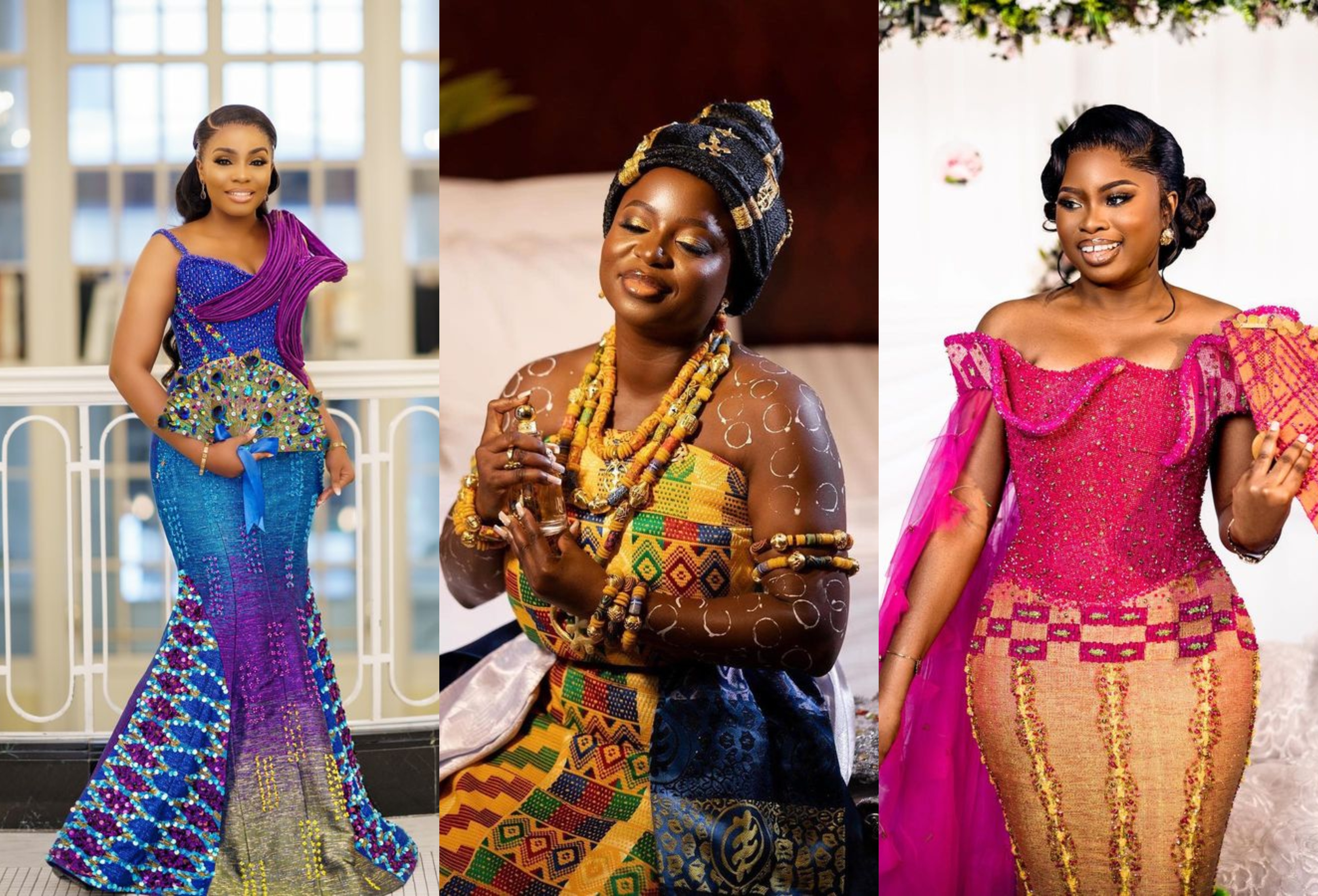Kente cloth, with its distinctive, colorful patterns and intricate designs, has transcended its roots in the Ashanti kingdom of Ghana to become a widely recognized symbol of African heritage. Its uses are as rich and varied as its patterns, reflecting both traditional values and modern aesthetics.
Ceremonial and Cultural Significance: Traditionally, kente is used in a variety of ceremonies, each piece carrying significance and meaning.
Royal and Noble Rites: Originally, kente was exclusively worn by royalty and the nobility among the Akan people. It was, and still can be, used during royal outings, coronations, and as a regal attire.
Cultural Events: During festivals and important communal gatherings, kente is worn as a sign of identity, unity, and pride among the participants.
Academic Uses: In contemporary times, kente stoles are often worn by African students during graduation ceremonies to honor their heritage and to symbolize their academic success.
Fashion and Apparel: Kente patterns have been adopted worldwide in the fashion industry.
Clothing: Both in Africa and beyond, kente is used to make traditional attire such as the toga-like 'boubou' or 'agbada', skirts, dresses, and blouses. It's also integrated into modern clothing designs like jackets, ties, and even shoes.
Accessories: Kente patterns are used in creating accessories such as headwraps, scarves, hats, bags, and jewelry, providing a colorful accent to everyday and high fashion wear.
Home Décor: Kente's bright and intricate designs are used for home décor items like throw pillows, bedspreads, curtains, and wall hangings, adding a cultural touch to interior design.
Symbolic Representation: Kente has become an important symbol for the African diaspora, especially in the United States and the Caribbean, as a way to connect with African heritage.
Cultural Identity: For people of African descent, kente often serves as a cultural emblem that represents their connection to Africa.
Political Expression: It is sometimes used in political or social contexts to make a statement about African unity or to express solidarity with African or African-American causes.
Arts and Education: Kente patterns are used in educational materials to teach about African culture, in artwork, and in cultural exhibitions to represent Ghanaian artistry.
Crafts and Souvenirs: Tourists often buy kente products as souvenirs. These can include small strips of cloth, bookmarks, and other handcrafted items that incorporate kente designs.
Public Celebrations and Commemorations: Kente is also used during significant public events, such as national independence days or during Black History Month, as a decorative and meaningful representation of African heritage.
In conclusion, kente cloth is versatile and multifaceted in its usage. From its ceremonial origins to its adoption in global fashion and its role as a potent cultural emblem, kente has maintained its significance and adapted to new contexts, symbolizing the rich tapestry of African history, identity, and creativity.







0 Comments